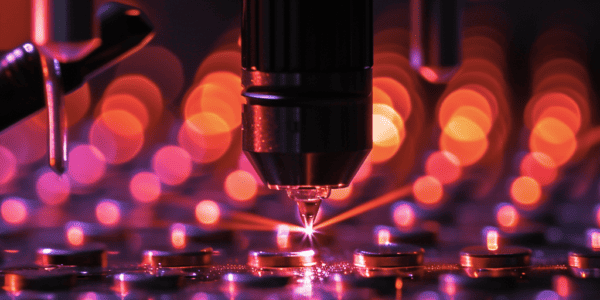Physicists Make Groundbreaking Discovery in Study of H2+ Molecule
Physicists from Heinrich Heine University Düsseldorf (HHU) have made a groundbreaking discovery in the study of the simplest molecule, H2+. The molecule, which is composed of two hydrogen nuclei and one electron, has long been a subject of interest for astrophysics and fundamental physics due to its significance in the early formation of the universe. Published in Nature Physics, the study details the team’s successful measurement of the molecule’s vibrations using a laser, marking the first direct observation of such behavior. The findings closely align with theoretical predictions, shedding light on the elusive nature of H2+.
Groundbreaking Discovery: Water Molecules Detected on Surface of Two Asteroids for First Time Ever
Scientists have made a groundbreaking discovery by detecting water molecules on the surface of two asteroids for the first time ever. The data was collected using NASA’s now-retired SOFIA airborne observatory, shedding new light on the distribution of water in our solar system. This groundbreaking discovery opens up new avenues for understanding the composition and distribution of water in our solar system, offering valuable insights into the origins of water on Earth and other celestial bodies.
Groundbreaking Discovery in Chemistry: Elusive Water Structure Isolated and Observed by Researchers at RIKEN
RIKEN researchers have isolated and observed an elusive water structure involving two water molecules, a groundbreaking discovery with implications for fields such as astrochemistry and metal corrosion. By trapping water dimer ions in tiny droplets of cold helium, the team was able to determine the structures of the isomers, marking a significant advancement in the field of chemistry.
Precision Nanocluster Formation with Molecular Traps
Small yet mighty: Showcasing precision nanocluster formation with molecular traps Researchers at Chiba University have demonstrated the successful formation of functional nanoclusters using cobalt atom deposition on two-dimensional arrays of crown ether ring molecules. Nanoclusters (NCs) are crystalline materials that…
Revolutionary Insights into Water Molecule Behavior
A recent study by researchers from the University of Cambridge and the Max Planck Institute for Polymer Research has revealed groundbreaking insights into the behavior of water molecules, sparking a remarkable shift from conventional knowledge. This discovery is poised to…
New Method for Synthesizing Beta-Lactam Scaffold Unveiled by Osaka University Researchers
Osaka University researchers have unveiled a new, simplified method for synthesizing the intricate beta-lactam scaffold, a key component of beta-lactam antibiotics. Published in Nature Catalysis, the study titled ‘Catalytic synthesis of β-lactam derivatives by carbonylative cycloaddition of acylsilanes with imines…
Revolutionary Software TARDIS Promises to Transform Monitoring of Bacterial Cell Activity
Researchers at Wageningen University have developed groundbreaking software that promises to revolutionize the monitoring of bacterial cell activity. The software, named TARDIS, has the potential to significantly enhance the study of DNA proteins and advance the development of antibiotics. TARDIS,…
Understanding and Managing Cookie Preferences at Leximural
Privacy is a fundamental right, and it’s important to have control over how our personal data is used. At Leximural, we respect your privacy and strive to provide you with choices when it comes to cookies and data processing. Our…
HKUST Researchers Make Breakthrough in Single-Molecule Platform for Detecting Amylin Species
Researchers at The Hong Kong University of Science and Technology (HKUST) have made a significant breakthrough in the field of nanotechnology and bio-medicine. The research team, led by Prof. Huang Jinqing, has developed an efficient and accessible single-molecule platform for…
New Molecular Interactions Uncovered Through Crystalline Sponge Technique
A groundbreaking study has recently uncovered new possibilities in molecular interactions through the use of the crystalline sponge technique. The study focused on the encapsulation of 14 organic compounds within a crystalline sponge called Co3TPHAP, revealing the intricate dance of…










